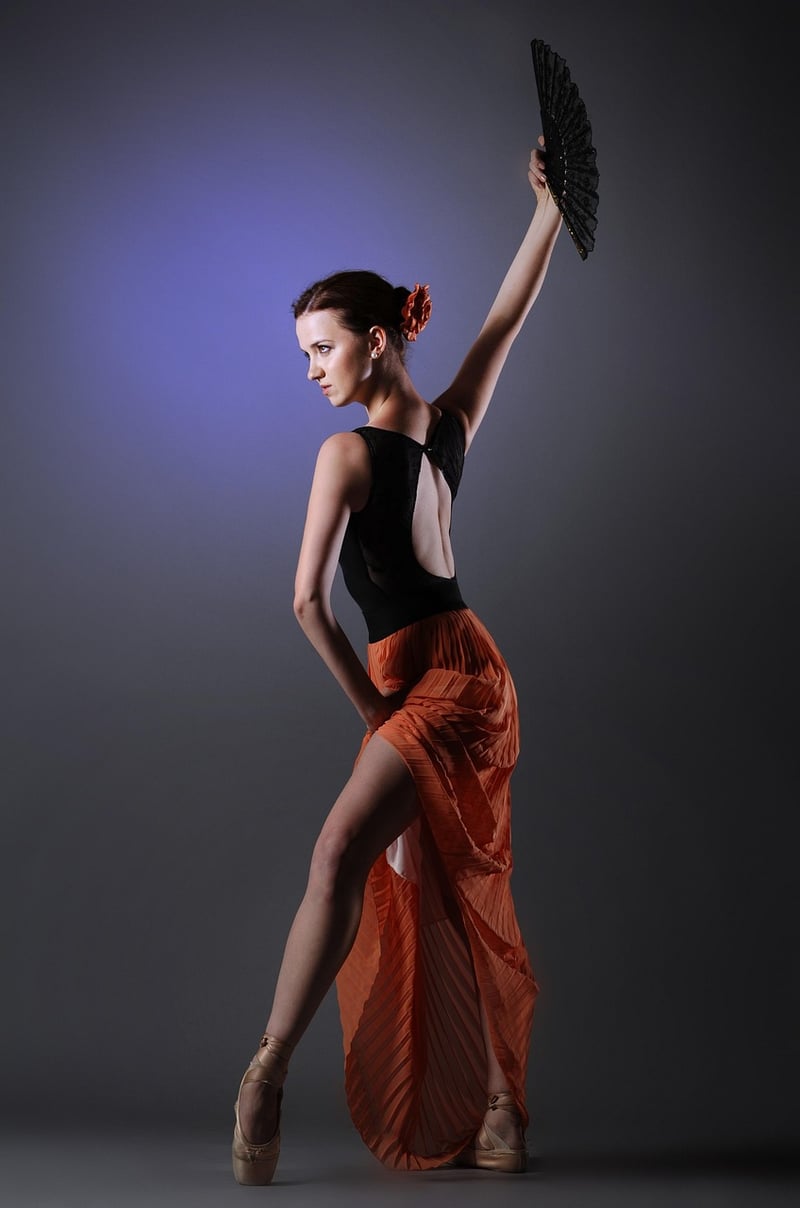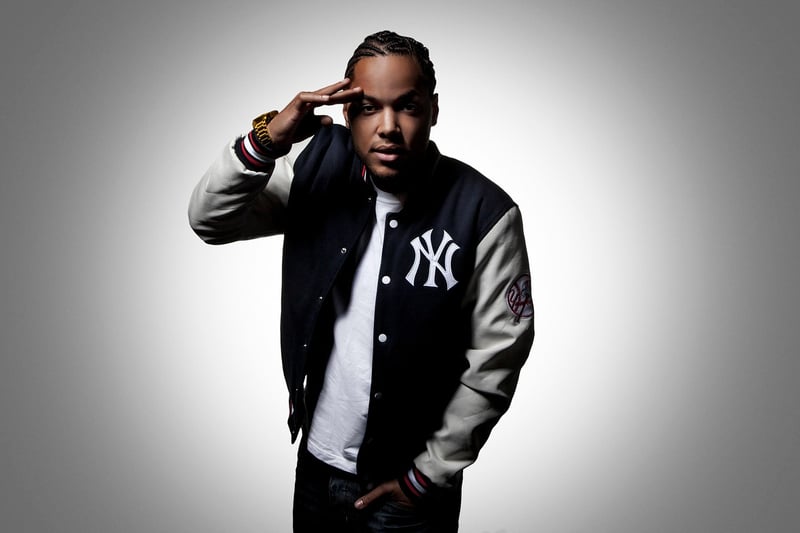Hip Hop
Exploring the Fusion of Expressive Movement Forms and Hip Hop
In the realm of dance and performance art, the fusion of expressive movement forms with the energetic beats of hip hop music has created a dynamic and captivating style that resonates with audiences worldwide. This fusion not only showcases the power of movement and rhythm but also serves as a platform for self-expression, cultural exploration, and storytelling.
The Evolution of Hip Hop Dance
Hip hop dance originated in the streets of New York City in the 1970s and has since evolved into a global phenomenon. Characterized by its urban roots and improvisational nature, hip hop dance encompasses a wide range of styles, including breaking, popping, locking, and krumping. These styles often incorporate elements of athleticism, rhythm, and individual creativity.
Expressive Movement Forms
Expressive movement forms, such as contemporary dance, modern dance, and ballet, focus on the freedom of movement, emotional expression, and storytelling through the body. These forms often emphasize fluidity, grace, and technical precision, providing dancers with a platform to convey complex emotions and narratives.
The Fusion
When expressive movement forms merge with hip hop dance, a unique and compelling fusion emerges. Dancers combine the fluidity and emotional depth of expressive movement forms with the rhythmic intensity and attitude of hip hop, creating a visually stunning and emotionally evocative performance.
Benefits of Fusion
The fusion of expressive movement forms and hip hop not only challenges dancers to expand their technical abilities but also encourages cultural exchange and collaboration. By blending different styles and traditions, dancers can create innovative choreography that pushes boundaries and sparks creativity.
Embracing Diversity and Inclusion
Through the fusion of expressive movement forms and hip hop, dancers celebrate diversity, individuality, and cultural heritage. This inclusive approach to dance allows performers to express their unique identities and experiences while fostering a sense of unity and belonging within the dance community.
Conclusion
The fusion of expressive movement forms and hip hop represents a vibrant and exciting collaboration that continues to inspire and captivate audiences around the world. By blending different styles, techniques, and cultural influences, dancers create a rich tapestry of movement that reflects the diversity and creativity of the global dance community.

Whether you are a seasoned dancer or a curious enthusiast, exploring the fusion of expressive movement forms and hip hop can open up new avenues of creativity, expression, and connection. Embrace the rhythm, feel the movement, and let the music guide you on a journey of self-discovery and artistic exploration.
